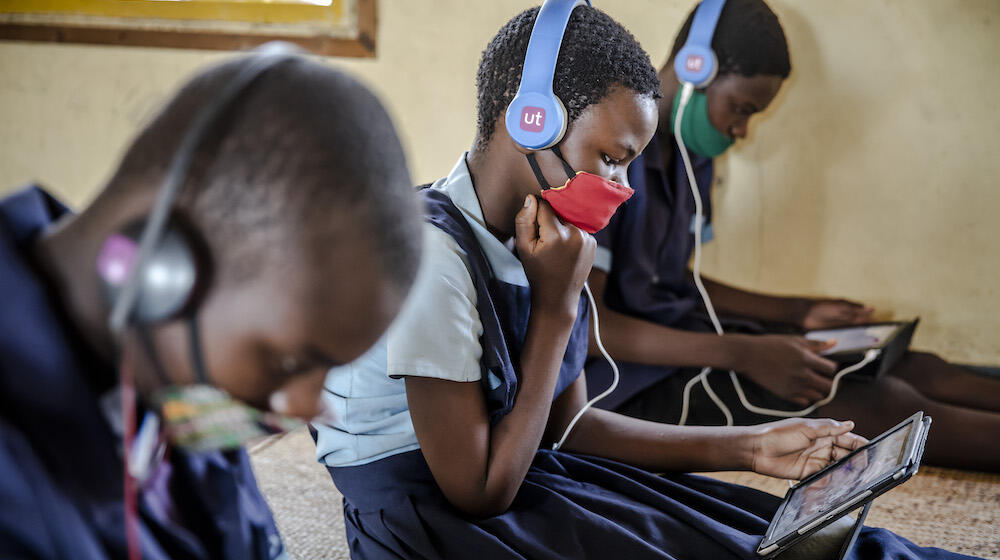Opinion Editorial by Lydia Zigomo, UNFPA Regional Director, East and Southern Africa
on International Day of the Girl Child, 11 October 2023: “Digital Generation. Our Generation.”
Today, 77 million adolescent girls in East and Southern Africa encapsulate boundless potential for leadership and change. The future lies in their hands.
As the digital age revolutionizes societies and promises progress and opportunities, we need to ask the question: Are we ensuring that our girls are not being left behind?
The digital era presents a double-edged sword for women and girls. The chasm between boys and girls in accessing digital technologies keeps broadening, but the divide isn't just about who owns a smartphone or has internet access. It's about the disparity in how digital technologies impact women and men in their access to work, education and lifelong learning processes.
The digital space has become the new frontier for gender-based violence.
Cyberviolence against women and girls is a grim reality. It's a deep-rooted societal problem manifesting in a new medium. Women and girls face online image-based sexual abuse, sextortion, unwanted sexualization, ‘slut-shaming’ and chilling rape threats.
In 36 of 54 countries, at least 20 per cent of adolescent girls aged 15 to 19 had experienced physical violence since age 15 or had experienced sexual violence. A staggering 58 per cent of adolescent girls who have internet access have endured online harassment or abuse.
These are not just numbers. They are an alarming indicator of the violent online reality that many women and girls face daily. Not only does this dissuade them from participating in digital spaces but it also contributes to persistent gender segregation in the science, technology, engineering and mathematics (STEM) and ICT sectors, which exacerbates the gender pay gap.
To address this grave concern, we need to recognize cyberviolence for what it is – a gendered and intersectional problem. Alarmingly, existing legal frameworks are general and unharmonized. There is an immediate need to shift from gender-blind definitions to gender-based ones, making terms like image-based sexual abuse, cyber-stalking and online gender-based hate speech the focus of legislative measures.
That the online world is a reflection of offline prejudices should not be an excuse for inaction. The perpetuation of gender-based violence in the digital sphere emphasizes the urgency of comprehensive interventions.
Our adolescent girls – who represent a beacon of hope and change for our future – yearn for opportunities in education and skill-building. They need to access these in safe environments, and they need access to quality health, including mental health.
It is clear that the benefits of investing in the well-being of these girls will reverberate across generations.
To meet their needs, we must be audacious in our actions. We need to address structural barriers to combating forms of discrimination based on age, gender, ethnicity, and other factors. This means we must step up investments and actions to make their dreams a reality.
This International Day of the Girl Child, let's make a commitment to ensuring the digital age is a boon, not a bane, for our girls.
The theme, “Digital Generation. Our Generation”, should be more than just words. It is a clarion call to ensure that our girls are equipped, empowered and protected in the digital world.
Cyberviolence against women and girls is a present crisis, not a problem of the future. To address it, we need to take a holistic approach based on an understanding of its gendered and intersectional nature and adopt harmonized legal and protective measures.
Only then can we truly say that the digital generation is a generation of equality and empowerment.





